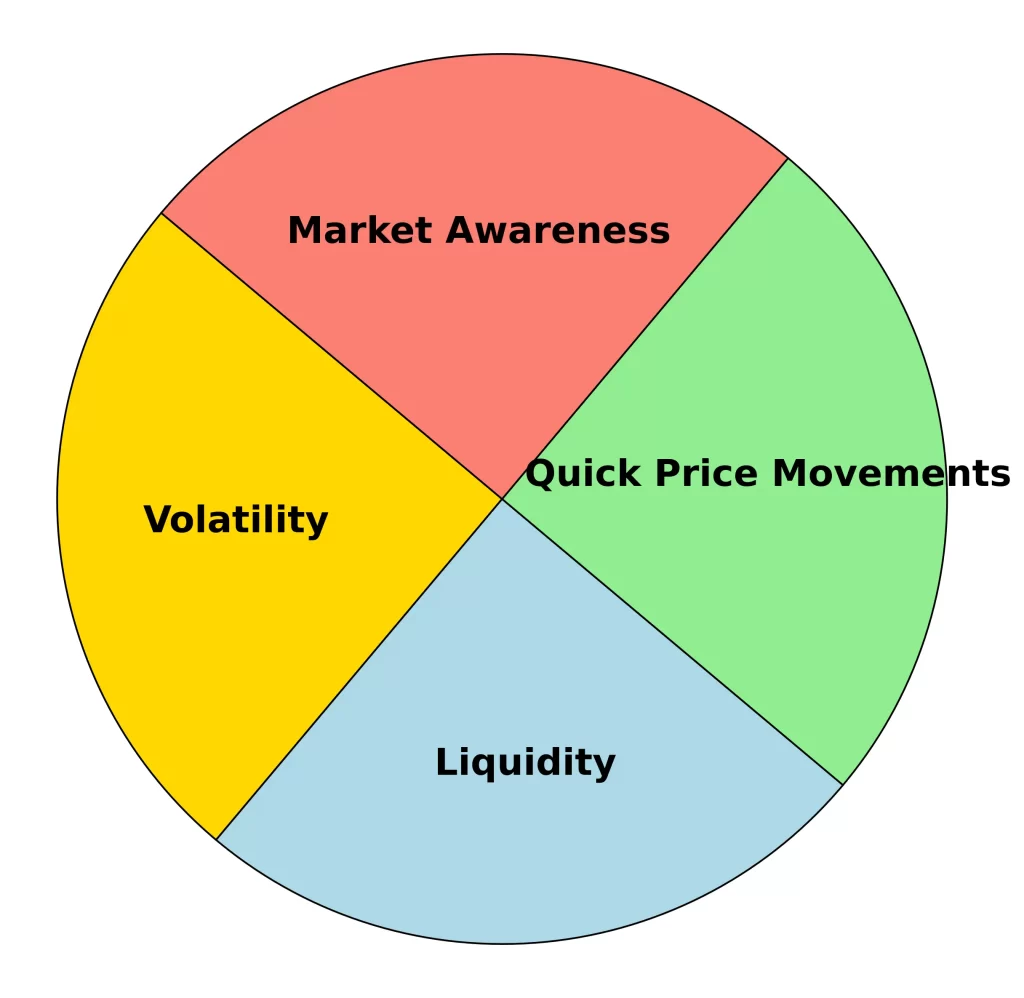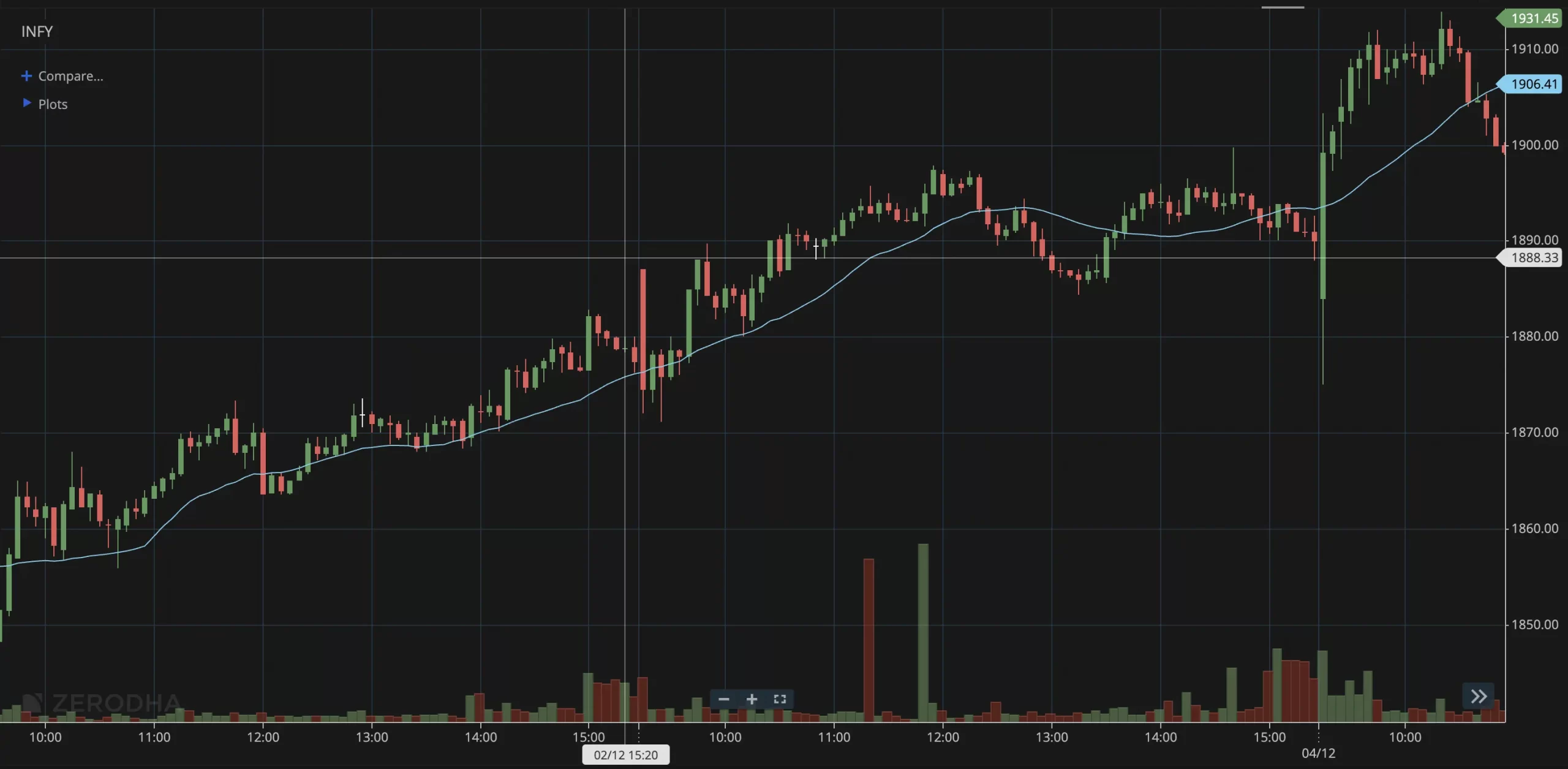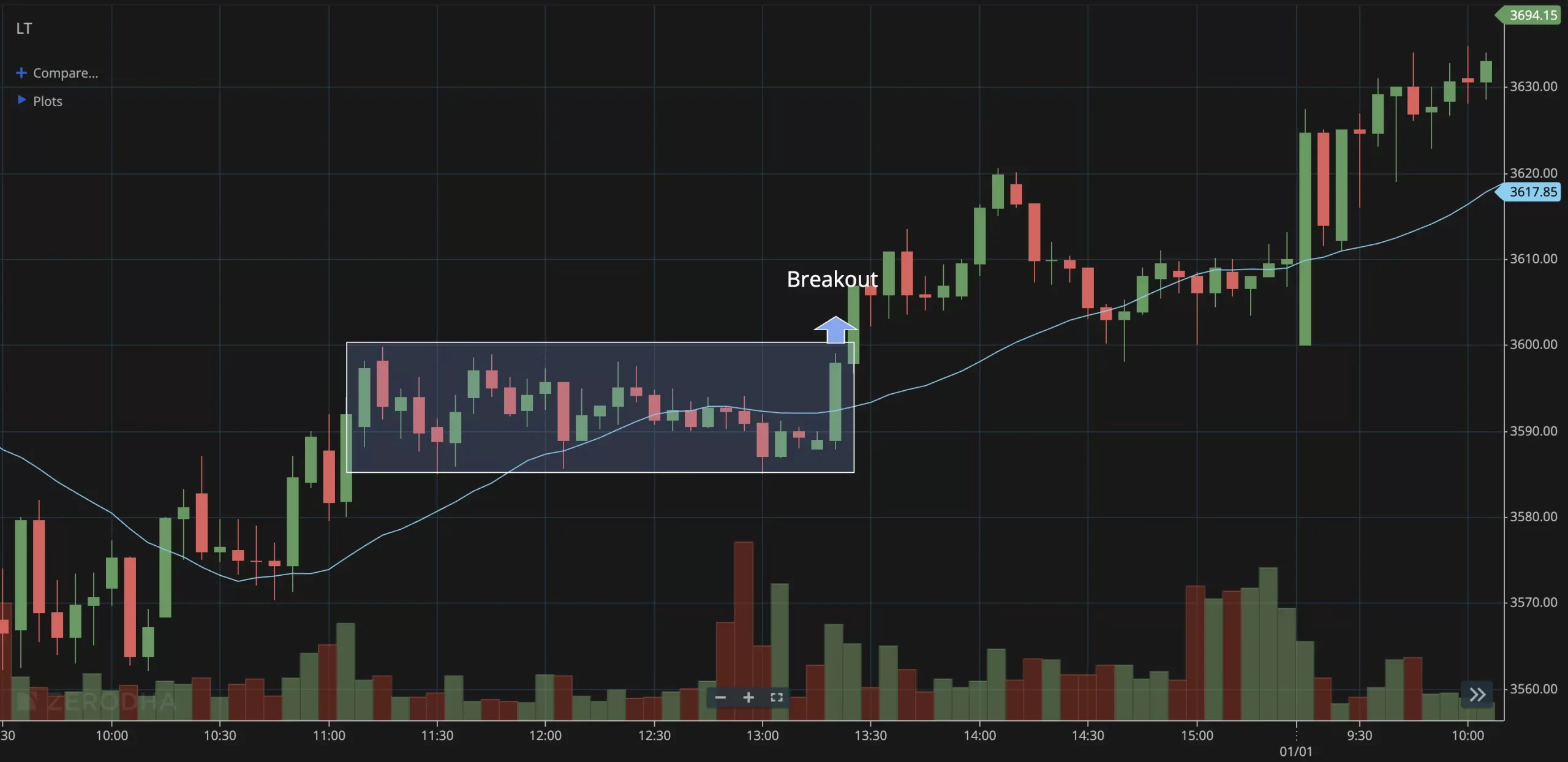In recent years, intraday trading has emerged as a prominent avenue for investors seeking to make quick profits in the vibrant Indian stock market. For those new to this approach, exploring various intraday trading strategies for beginners can be immensely helpful. Unlike traditional long-term investments, intraday trading involves buying and selling stocks within the same trading day, capitalizing on short-term price movements and market volatility. This approach not only caters to those looking for an immediate return but also allows for more active engagement with the ever-changing landscape of the stock market.
For beginners hoping to navigate this exciting yet challenging realm, having a set of solid strategies is crucial. These strategies will not only enhance your trading skills but also minimize potential risks while maximizing your chances of success. In this article, we will explore effective intraday trading strategies that new traders can easily adopt and thrive.
Understanding Intraday Trading
Intraday trading, as the name suggests, is the practice of buying and selling stocks within a single trading day. Traders engage in this fast-paced trading environment to exploit price fluctuations that occur multiple times throughout the day.
Characteristics of Intraday Trading
The unique characteristics of intraday trading hinge largely on volatility and liquidity. High volatility means that prices are consistently changing, giving traders the opportunity to make profits from small price movements. Liquidity, on the other hand, refers to the ease with which an asset can be bought or sold at stable prices without significantly affecting its value. Both of these factors are paramount in deciding how to enter and exit trades.
To succeed, it is essential for intraday traders to stay updated with market news and trends. Economic indicators, government policies, and global market conditions often influence stock prices, and having this knowledge aids in making informed trading decisions.

Choosing the Right Stocks
Selecting the right stocks for intraday trading can significantly impact your success rate. It’s not just about picking popular stocks; instead, consider factors such as volatility, trading volume, and market sentiment.
Key Criteria for Stock Selection
- Volatility: Look for stocks that exhibit significant price fluctuations during the day. These movements create opportunities to capitalize on intraday price changes.
- Volume: Stocks with high trading volumes indicate higher liquidity, meaning more buyers and sellers in the market. This liquidity allows traders to enter and exit trades more effortlessly.
- Market Sentiment: Being aware of how the market perceives a stock can guide your trading strategy, helping you determine whether the sentiment is bullish (growing) or bearish (declining).
For instance, stocks like Reliance Industries and Tata Consultancy Services (TCS) are known for their high liquidity and volatility, making them suitable candidates for intraday trading. Utilizing tools and resources such as stock screening apps can simplify the process of identifying the best stocks for intraday trading.
Trending Strategies
When starting out in intraday trading, it’s vital to adopt proven strategies that align with your trading style. Below are a few effective intraday trading strategies that beginners can consider.
1. Momentum Trading
Momentum trading focuses on stocks that are already trending in a particular direction. This strategy is based on the idea that stocks moving in one direction tend to continue in that direction for a short period, particularly during the trading day.
To identify momentum stocks, look for intraday price patterns and news that may be influencing the stock’s movement. This intraday chart of Infosys, consistly shows upward momentum and could have been used to take a trade.

2. Breakout Trading
Breakout trading is predicated on identifying price levels at which a stock breaks above resistance or below support. These breakouts can lead to significant price movements, offering traders the opportunity to enter a stock at the right moment.

For instance, in this intraday chart of LT, a trader might look at breakout from the rectangle pattern with volume. If the price breaks through this level and volume picks up, it could signal a breakthrough opportunity for profitable trades.
3. Scalping
Scalping is a strategy that involves making multiple trades throughout the day to capture small price changes. It requires quick decision-making and execution but can be highly rewarding if done effectively.
For example, during earnings releases, stocks like Infosys can experience rapid price movements. A scalper might look to buy on a slight downturn immediately after a positive announcement and sell once the price increases by a few points, often within a very short timeframe.
4. Reversal Trading
Reversal trading focuses on the concept of predicting price reversals in the stock market. Utilizing technical analysis, traders look for indicators like RSI that suggest a stock may change direction, allowing traders to enter positions before significant turns.
In the pharmaceutical sector, stocks like Dr. Reddy’s Laboratories can exhibit reversal patterns after a period of decline. Traders can utilize tools like candlestick patterns and technical indicators to make informed predictions about when to enter or exit their positions.
Basic Risk Management and Tools
Effective risk management is essential for successful intraday trading. While the potential for high returns exists, the possibility of significant losses is equally present. Therefore, implementing risk management practices can help safeguard your trading capital.

Stop-Loss and Take-Profit Limits
Establishing stop-loss and take-profit limits for each trade can minimize losses and lock in profits. A stop-loss order instructs your broker to sell a stock if it drops to a certain price, preventing larger losses. Meanwhile, a take-profit order allows you to secure profits once your stock reaches a predetermined price.
Trading Platforms and Technology
In today’s technology-driven environment, utilizing reliable trading platforms becomes paramount. Apps such as Zerodha Kite and Upstox offer user-friendly interfaces, advanced charting tools, and real-time market data—everything a beginner needs to engage with intraday trading effectively.
Emotional Discipline
Emotional discipline is vital in intraday trading. The volatility of the market can lead to impulsive decisions driven by fear or greed. Staying disciplined and adhering to your trading plan can ensure that your trading practice remains systematic and calculated. Beginners should avoid common trading mistakes, such as overtrading, revenge trading, or letting emotions drive their decisions.
Conclusion
Intraday trading presents a compelling opportunity for beginners looking to enter the stock market and earn significant profits. By understanding the nuances of intraday trading and adopting effective strategies, such as momentum trading, breakout trading, scalping, and reversal trading, novice traders can increase their chances of success.
Moreover, integrating risk management measures and utilizing appropriate trading tools will help mitigate losses and enhance your overall trading experience. For novice traders, practicing with demo accounts before diving into real-time trading can build confidence and refine your strategies.
Embarking on your intraday trading journey might seem daunting, but with proper planning and the right mindset, you can navigate this dynamic market with success.
Whether you are honing your skills or exploring effective strategies, don’t forget to subscribe to our blog for more updates and in-depth guides on intraday trading.
Frequently Asked Questions (FAQs)
Intraday trading, also known as day trading, involves buying and selling financial instruments within the same trading day. The objective is to capitalize on short-term price movements, with all positions typically closed before the market closes to avoid overnight risks.
Several strategies can be effective for beginners, including:
Momentum Trading: Focusing on stocks that are moving significantly in one direction with high volume.
Breakout Trading: Identifying stocks that break through predetermined support or resistance levels, signaling potential for continued movement in the breakout direction.
Scalping: Executing numerous trades throughout the day to profit from small price fluctuations.
Reversal Trading: Anticipating the reversal of a current trend to profit from the subsequent price movement.
Selecting appropriate stocks involves considering factors such as:
Volatility: Stocks that exhibit significant price movements within the day offer more trading opportunities.
Liquidity: Highly liquid stocks allow for quick entry and exit positions without significantly affecting the stock’s price.
Market Sentiment: Understanding the overall market mood towards a particular stock or sector can guide trading decisions.


